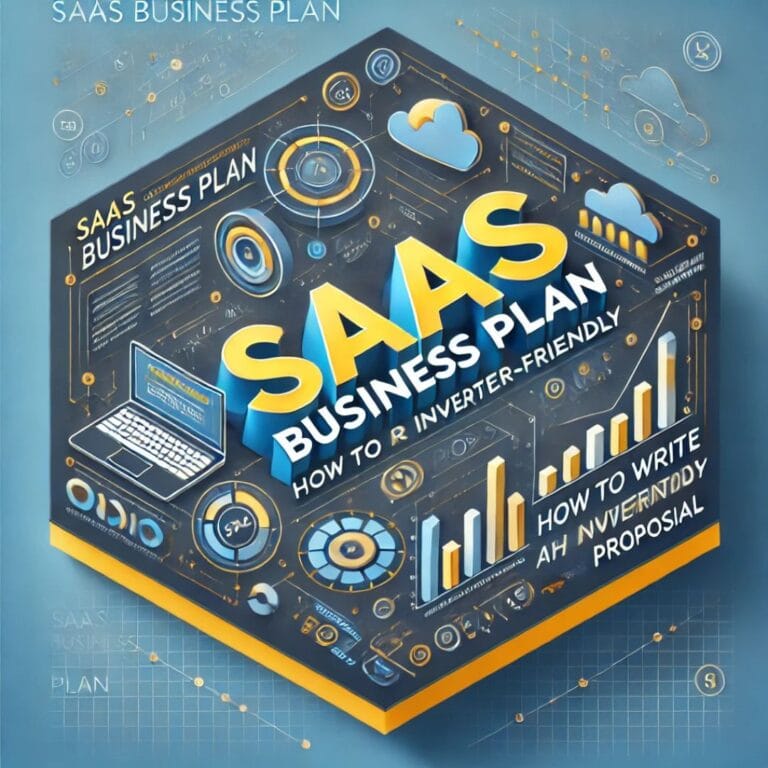Launching a startup is an exhilarating journey, full of potential and opportunity. However, with great potential comes great risk. Navigating the financial uncertainties of a new business can be daunting, and many startups fail because they underestimate the importance of robust financial planning. This is where effective financial modeling comes into play.
Financial modeling is not just about crunching numbers; it’s a strategic tool that can provide insights into your startup’s financial health, help you make informed decisions, and anticipate future challenges. By creating detailed financial models, you can forecast revenues, manage expenses, plan for growth, and, most importantly, mitigate risks.
In this blog, we will explore the critical role financial modeling plays in reducing your startup’s risks. We will discuss the key components of a strong financial model, offer practical tips on how to build one, and highlight common pitfalls to avoid. Whether you’re in the early stages of your startup or looking to refine your financial strategy, this guide will equip you with the knowledge and tools to ensure your business is financially resilient and poised for success.
What is Financial Modeling?
The process of developing a thorough and accurate picture of your company’s financial performance and future prospects is known as financial modeling.
Typically, data analysis, assumptions, and financial estimates are used to do this. These resources assist new businesses in making thoughtful judgments about their ventures and identifying the financial viability and strength of the company’s strategy. Financial models are useful startups in a variety of decision-making processes, including capital raising, business growth, acquisitions, asset sales or divestiture, budgeting, forecasting, capital allocation, and business valuation.
Common Pitfalls to Avoid In Financial Model
Even the best intentions can lead to mistakes in financial modeling. Here are some common ways through startups can reduce their risks.
1. Overly Optimistic Projections
Optimism is a hallmark of entrepreneurs, but it can lead to unrealistic financial projections. While it’s exciting to envision rapid growth and high sales, overestimating revenues or underestimating costs can create a false sense of security. This may lead to premature scaling, overspending, and cash flow problems.
To avoid these pitfalls, ground your projections in reality by conducting thorough market research and understanding your target audience and competition. Use conservative estimates to create realistic and achievable goals.
Learn from real-world examples where overly optimistic projections have led to financial struggles, such as WeWork. Regularly review and adjust your projections based on actual performance data to keep your financial strategy aligned with reality. This balanced approach will help you navigate uncertainties and steer your startup toward sustainable growth and success.
2. Ignoring External Factors
External factors like economic conditions, regulatory changes, and competitive dynamics can significantly impact your startup, yet they are often overlooked in financial models. Ignoring these factors can lead to unpleasant surprises that disrupt your business plans. For instance, an economic downturn might reduce consumer spending, affecting your sales projections. Regulatory changes could impose new costs or restrictions on your operations, while shifts in the competitive landscape might require you to adjust your pricing or marketing strategies.
To mitigate these risks, incorporate external factors into your financial model. Stay informed about economic trends and industry regulations. Conduct a PEST analysis (Political, Economic, Social, and Technological factors) to understand how these elements could influence your business. For example, if you’re in the tech industry, keep an eye on technological advancements that could render your product obsolete or open up new opportunities.
Adjust your strategy based on these insights. Create multiple scenarios, including best-case, worst-case, and most likely situations, to see how external factors could affect your financial projections. This approach will help you develop contingency plans and remain flexible in the face of change. Regularly review and update your model to reflect the latest external developments, ensuring your startup stays resilient and adaptable in a constantly evolving environment. By staying proactive and prepared, you can better navigate external challenges and seize new opportunities.
3. Lack of Sensitivity Analysis
Failing to conduct sensitivity analysis can leave you unprepared for variations in key assumptions, making your financial model less reliable. Sensitivity analysis involves testing how changes in variables such as sales volume, pricing, or costs impact your financial outcomes. Without this analysis, you might not realize how vulnerable your startup is to even small fluctuations in these areas.
Imagine projecting steady sales growth, only to have market conditions shift and sales drop. If you haven’t analyzed how this drop affects your cash flow and profitability, you could face unexpected financial strain. Similarly, changes in pricing strategies or cost increases, such as higher raw material prices or new tariffs, can significantly impact your bottom line.
By conducting sensitivity analysis, you can identify which variables have the most significant impact on your financial health. For instance, you might discover that a 10% decrease in sales volume has a larger effect on your cash flow than a 5% increase in costs. This insight allows you to prioritize which risks to manage closely and develop strategies to mitigate them.
Create multiple scenarios, including best-case, worst-case, and most likely outcomes, to understand the range of potential impacts on your business. This practice helps in making informed decisions and prepares you for various market conditions. Regularly updating your sensitivity analysis ensures that you stay ahead of changes and can adjust your strategies proactively. In doing so, you not only safeguard your startup against unforeseen challenges but also position it for sustainable growth and success.
4. Inadequate Cash Flow Planning
Many startups focus heavily on profitability and overlook the critical aspect of cash flow management. While profitability is important, ensuring your financial model includes detailed cash flow projections and plans for managing liquidity is crucial for reducing risk. Cash flow is the lifeblood of your business; even profitable companies can fail if they run out of cash to cover daily operations.
By incorporating cash flow analysis into your financial model, you can anticipate periods of cash shortage and take proactive measures, such as securing additional funding or deferring expenses. This foresight helps you avoid crises that could disrupt your business operations. Additionally, regularly updating your cash flow projections based on actual performance allows you to stay agile and responsive to changes. Effective cash flow planning not only safeguards your startup against unforeseen financial challenges but also enhances your ability to capitalize on growth opportunities, ensuring long-term sustainability.
Keep an eye on and periodically revise your budget.
Keep an eye on and periodically revise your budget. A budget is a dynamic tool that needs to be continuously updated and monitored rather than a static document. Since startups typically stray from their original plans, success depends on their ability to adapt quickly. Financial modeling can help reduce risk by ensuring your budget reflects the most current data and market conditions.
Using a zero-based budgeting strategy, where every expense must be justified for each new period, keeps your spending aligned with your current priorities. Routinely comparing actual results to projections allows you to identify variances and understand their causes. This practice helps you make timely adjustments, such as reallocating resources or cutting unnecessary expenses, in response to evolving conditions. By maintaining a flexible and responsive budget, you can navigate uncertainties more effectively and keep your startup on the path to sustainable growth.
Keep some cash on hand
Keep some cash on hand. One of the most frequent problems that companies face is running out of money. This is where financial modeling can play a crucial role in reducing startup risk. By projecting your cash runway i.e. the length of time your startup can operate before running out of cash and monitoring your cash burn rate i.e. the rate at which your startup spends its available cash you can determine how much cash to keep on hand to weather unexpected challenges.
Maintaining a financial reserve acts as a safety net in times of need, providing your startup with the stability it needs to navigate uncertainties. The financial forecasting model helps you achieve this by allowing you to forecast cash flows, identify potential cash shortfalls, and plan accordingly. Whether through effective cash flow management, expense reduction, revenue growth strategies, or securing external financing when necessary, your financial model ensures you have the resources to withstand any adversity that comes your way.
Having a healthy cash reserve not only mitigates the risk of running out of money but also instills confidence in investors, stakeholders, and employees. It demonstrates your startup’s financial resilience and ability to sustain operations in the face of challenges. By incorporating cash management strategies into your financial modeling process, you can enhance your startup’s financial stability and position it for long-term success.
Consulting a professional is like having a trusted guide in the wilderness of financial risks, especially for those who aren’t well-versed in finance and accounting. Whether it’s through startup advisory services, startup consultancy services, or hiring a Financial Modeling Consultant, these experts can offer invaluable insights and direction. While the upfront cost might seem daunting, the potential cost of navigating financial complexities alone could be far higher.
Think of it as an investment in your startup’s future success. By tapping into the expertise of mentors, coaches, financial advisers, or accountants, you gain access to a wealth of knowledge and experience that can help you navigate challenges with confidence. Remember, in the dynamic landscape of entrepreneurship, seeking professional guidance can be the difference between struggling and thriving.
When summed up, efficient financial modeling is essential to lowering the risks connected with startup ventures. You may confidently negotiate the financial problems of entrepreneurship by knowing your business model, applying scenario analysis, routinely reviewing your budget, keeping a cash reserve, and getting expert assistance. Recall that a successful company can be achieved by effective finance management, even though the route to success may not be clear-cut.






